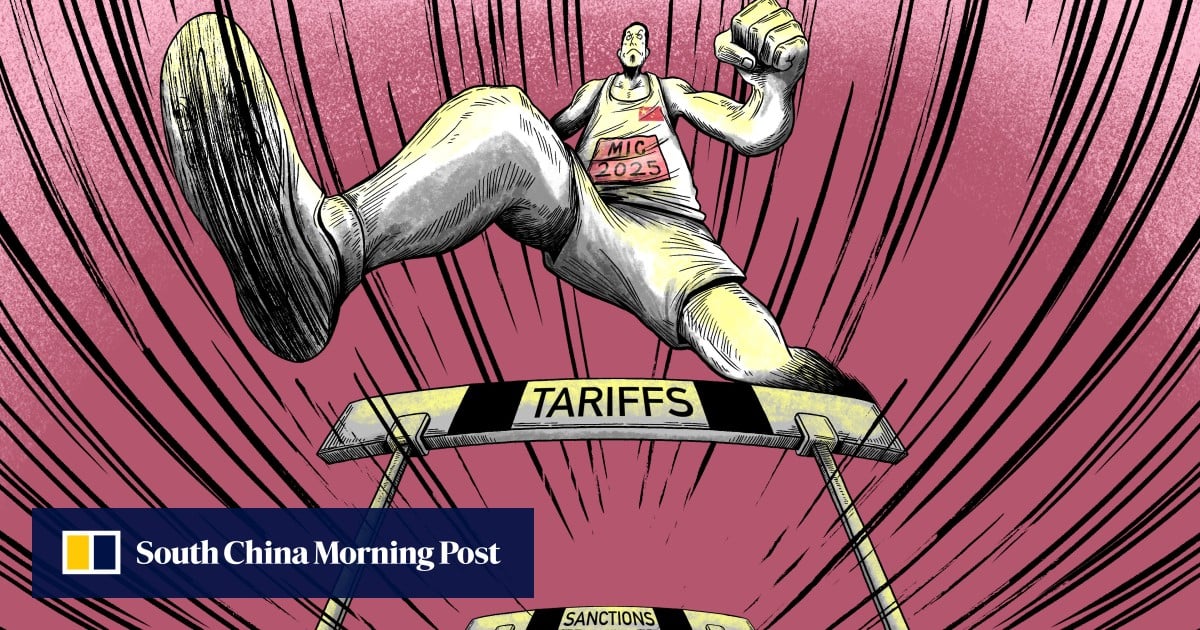Sanctions and tariffs implemented as part of a US-led trade war have put increased pressure on China’s manufacturing industry
Despite that, a Post investigation can reveal a large proportion of the ‘Made in China 2025’ 10-year targets have been achieved
In 2015, China set out on an ambitious 10-year plan – dubbed “Made in China 2025” – to achieve self-reliance, innovation and strength in the manufacturing industry within 10 years.
Back then, China stood at the lower end of the global industrial value chain, producing mostly cheap and technically backward products.
In 2018, then-US president Donald Trump tried to upset China’s plan by initiating a trade war. The US government sanctioned Chinese hi-tech enterprises, put up high tariffs and conducted a nationwide investigation of scientists collaborating with China. After Joe Biden took over as US leader in 2021, he went a step further by imposing measures such as a chip ban on China.
But based on official books published a decade ago and other authoritative sources, the Post has compiled more than 260 goals previously proposed under the plan. These goals span 10 key areas, many involving highly specialised and complex technologies.
And the analysis confirms that more than 86 per cent of these goals have been achieved, with some others likely to be completed later this year or next. Meanwhile some of the targets, such as electric vehicles (EV) and renewable energy production, have been well surpassed.



The Asian and African markets are huge still underdeveloped markets and US tariffs have very little effect on those markets.
It’s because of China’s sheer size. US sanctions on the DPRK, and — in the past — those on Vietnam and Zimbabwe have successfully kept those countries impoverished since they’re much smaller.